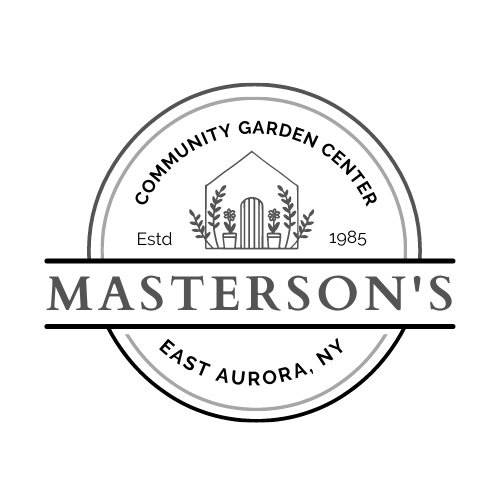PUMPS
Choosing the proper pump for your water gardening needs can seem a bit overwhelming with the many brands, styles and sizes available today.
There are two key factors to keep in mind when selecting your pond pump. First and foremost, it is important to circulate your entire pond volume once per hour. Therefore, if your pond is 1200 gallons you will need a pump with at least 1200 gallon per hour (gph) rating. Second, your pump should have enough power to make a nice looking waterfall. The general rule is to have a flow of 100gph per 1" of spillway width. For example if you have a 1200 gallon pond but you have an 18" wide waterfall, you will want an 1800gph pump or more.
When selecting your flow rate it is important to keep the head pressure in mind. This is a combination of water lift (head pressure) and tubing length. To calculate the head pressure in feet, measure the elevation change from the surface of the pond to the highest point the water is pumped to. In most cases this is 1 to 3 feet. In addition to this, for every 10ft of tubing length you'll add 1ft of head pressure.
Most pumps will have a pressure chart printed on the box like the picture below.
In this case, if you have an 18 inch wide waterfall which is installed 2 feet of above the pond's surface and 15 feet of tubing, you have 3.5 feet of head pressure. Therefor the pump model SH2050 would be appropriate for the job.
Pump Types
Magnetic Drive
- available in flow rates from 65gph
- very energy efficient, often saving more than the cost of the pump in one season as compared to running a less efficient gear driven pump
- best suited to running fountain heads, statuary, small waterfalls or stream beds and low volume filters
- not good for pushing water long distances or up high vertical rises such as a tall waterfall feature
- must be used with a pre-filter on the intake of the pump
Gear Drive
- available in flow rates up to thousands of gallons per hour
- use more electricity than mag drives with comparable flow rates
- suited to running anything from small fountains to large waterfalls, streambeds, filters and skimmers
- can push large volumes of water long distances and up high vertical rises
- best if used with a pre-filter to protect the impeller
Solids Handling
- high volume gear driven pumps with impellers designed to handle fish waste and debris
- no pre-filter necessary
- excellent for running skimmers and biological filters
Sump Pumps
- not intended for continuous running and should not be used for the water garden.
- very energy inefficient
Tips
- use only pumps made for continuous duty, not sump pumps
- choose the most energy efficient pump that will do the job
- use flexible no-kink tubing to minimize fittings and resistance
- increase tubing diameter size to decrease resistance on the pump, resulting in more water flow
- calculate your energy cost
Calculating Cost
- your power company bills you for kilowatt (kw) hours used
- divide the $ amount of your bill by the number of kw used, the result is your cost per kw
- example: $128.93 / 955kw = .135 or 13.5 cents per kw
- 1 kilowatt (kw) = 1000 watts
- amps x volts = watts
- multiply the amp rating on the pump by the voltage of the pump
- example: 3 amps x 115 volts = 345 watts, or .345 kw (345 / 1000)
- multiply the result by your electric cost per kw, the result is your cost per hour to run the pump
- example: .345 x .135 = .046575 cents per hour
- calculate your daily or monthly cost using the result above
- example: .046575 x 24hrs = $1.1178 per day
- example: 1.1178 x 30days = $33.53 per month
- 1 HP (horse power) = 746 watts


